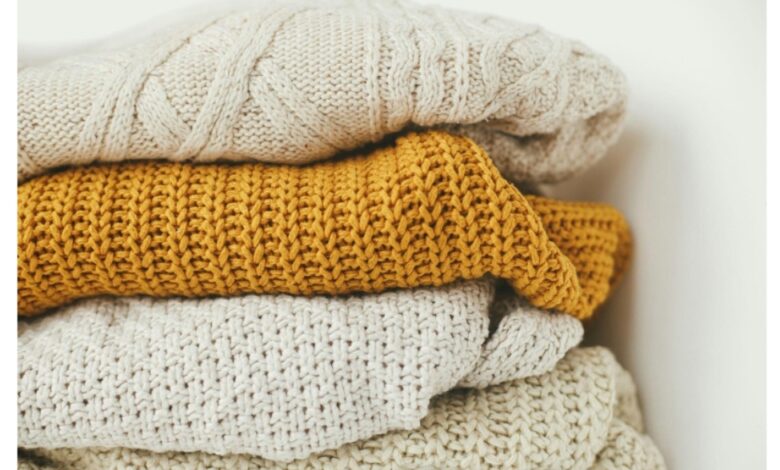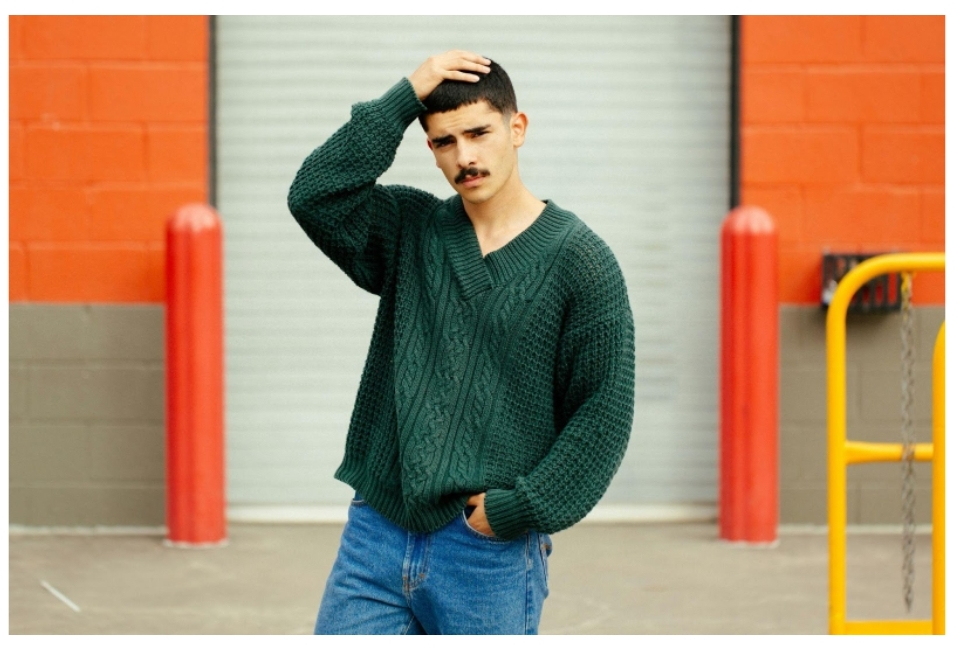Sustainable Fabric Trends: Why Natural Fibres Are Back in the Spotlight

There’s something oddly satisfying about slipping into a garment that not only feels good but does good, too. From the texture of your favorite wool sweater to the airy drape of a linen summer shirt, natural fibres are making a major comeback, and for good reason. Whether you’re comparing the subtle charm of a cable knit vs fisherman sweater or rethinking your entire wardrobe strategy, sustainability is increasingly woven into the threads of modern fashion.
Natural fibres are no longer reserved for crunchy granola types or countryside escapes. They’re storming runways, lifestyle blogs, and Instagram closets with the kind of purpose-driven elegance that consumers are craving. But why now? And what makes natural fibres the ethical and aesthetic choice for today’s conscious dresser?
A Shift in Consumer Mindset: Quality Over Quantity
Fast fashion fatigue is real. The flood of synthetic, cheaply made garments has left many consumers longing for durability, authenticity, and something that won’t unravel after three washes. Natural fibres, like cotton, wool, silk, and linen, offer a return to mindful fashion. Each fibre carries a rich story, often rooted in cultural heritage and centuries of craftsmanship.
Unlike polyester or acrylic, which are made from petrochemicals and contribute to microplastic pollution, natural fibres are biodegradable and renewable. That’s not just a feel-good bonus, it’s a functional game-changer for the environment. Consumers are starting to value longevity over short-lived trends, and that’s directly impacting how fashion is designed and sold.
The Environmental Edge of Going Natural
Sustainability isn’t just about tote bags and reusable straws, it’s about what we put on our bodies every single day. When you choose a garment made from organic cotton or responsibly sourced wool, you’re actively reducing your environmental footprint.
Take wool, for instance. Sheep naturally produce wool every year, and if managed correctly, this process supports biodiversity and promotes soil health. Similarly, organic cotton uses fewer pesticides and conserves water compared to its conventional counterpart.
According to the U.S. Environmental Protection Agency, textile waste has nearly doubled over the last two decades. Choosing fibres that break down naturally can significantly reduce landfill buildup and curb harmful emissions from synthetic textile incineration.
Stitching Texture to Story: The Appeal of Traditional Knits

Textile trends often reflect cultural values. In recent years, the fashion world has turned its eye toward traditional craftsmanship, think hand-stitched embroidery, handwoven fabrics, and artisan-made knits. This is where natural fibres shine, particularly in cold-weather staples.
Knitted garments like fisherman sweaters and cable knit pullovers aren’t just nostalgic; they’re wearable heritage pieces. Each stitch tells a story, sometimes literally, as in the case of Irish Aran sweaters, where patterns historically symbolized family lineages and local identity.
In the modern market, these styles have been reimagined for sustainability-focused shoppers. Wool used in these classic knits is often locally sourced, undyed, or treated with eco-conscious methods. The designs themselves tend to resist trend-chasing, meaning they hold their value and appeal for much longer than fast-fashion alternatives.
Breathability, Durability, and the Feel Factor
Wearing natural fibres isn’t just a moral decision, it’s a sensory one. These materials often feel better against the skin. Wool naturally wicks moisture and provides insulation without overheating. Cotton is breathable and soft. Linen adjusts to body temperature and gets better with every wash.
Then there’s durability. Well-made garments in natural fibres age gracefully. A properly cared-for wool sweater can last decades, developing that cozy, lived-in look that synthetics just can’t imitate. The idea is simple: buy less, choose better.
The Rise of Low-Impact Dyes and Natural Blends
Natural doesn’t have to mean plain. One exciting development in sustainable textiles is the emergence of low-impact dyes and naturally derived pigments. Traditional dyeing processes are notoriously water-intensive and polluting, but many ethical brands now use closed-loop systems or plant-based colorants that are safe for both skin and soil.
Additionally, designers are blending natural fibres with each other to improve texture, wearability, and performance. For example, combining silk and cotton yields garments that are both breathable and luxurious. These blends can also extend the life of the fabric, reduce wrinkling, and expand styling options.
Challenges to Scaling Natural Fibre Fashion
Of course, it’s not all smooth stitching. The move toward natural fabrics also presents challenges. Cost remains a major factor, organic materials often come with a higher price tag due to more labor-intensive harvesting and ethical sourcing standards.
There’s also the issue of accessibility. While sustainability is trending, not all consumers have the financial flexibility to shop exclusively organic. And some natural fibres require special care, which may not suit fast-paced lifestyles.
That said, the shift toward sustainability doesn’t require a full wardrobe overhaul. Even a few well-chosen pieces, like a handcrafted wool sweater or undyed cotton tee, can set you on a more responsible fashion path.
Beyond Fashion: Natural Fibres in Home and Lifestyle
The appeal of natural fibres has transcended clothing. Wool, hemp, and organic cotton are now used in bedding, towels, upholstery, and even construction materials. The reasons are the same: less toxicity, better longevity, and a gentler environmental impact.
These materials offer warmth and texture in home environments without resorting to synthetics that may off-gas or degrade quickly. From wool blankets to flax-based wall panels, the shift is clear: sustainability and style can cohabitate comfortably.
Shopping Smarter: What to Look For
When you’re on the hunt for sustainable fashion, look beyond the label. Consider these questions:
- Is the fibre biodegradable or recyclable?
- Was it harvested using environmentally friendly practices?
- Does the brand share transparency about sourcing and labor conditions?
- Is the design timeless enough to last several seasons, or even years?
Also, look out for certifications like GOTS (Global Organic Textile Standard), OEKO-TEX, and Fair Trade. These symbols aren’t just marketing, they’re signals of accountability and ethical practice.
Sustainability isn’t a fleeting trend, it’s the future of fashion. As designers innovate and consumers demand more transparency, natural fibres will only become more prominent. We’re witnessing a return to material honesty: what you wear matters, where it came from matters, and how long it lasts matters.
So whether you’re curling up in a cherished wool knit or learning the difference between a cable knit vs fisherman sweater, the movement toward sustainability is already in your closet. You just have to reach for it.

